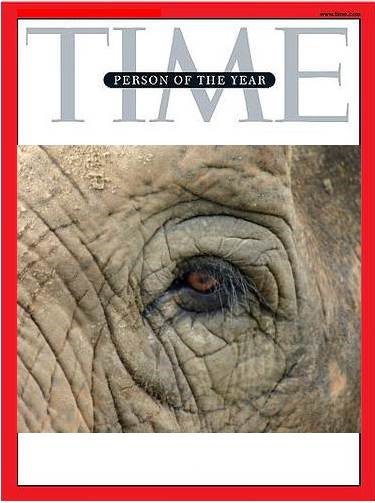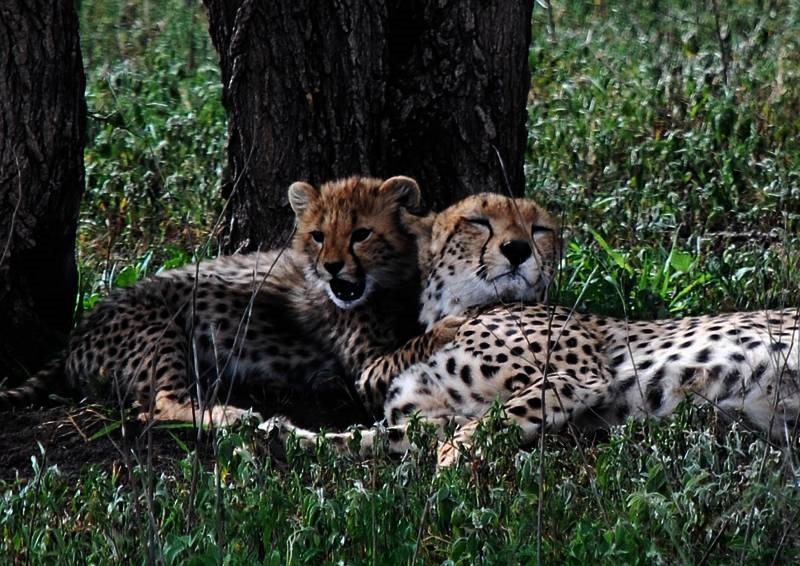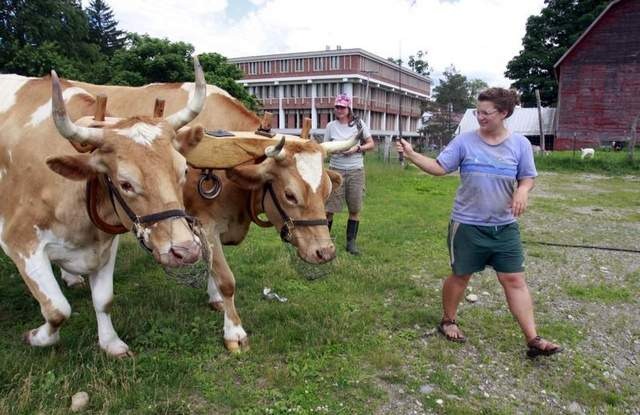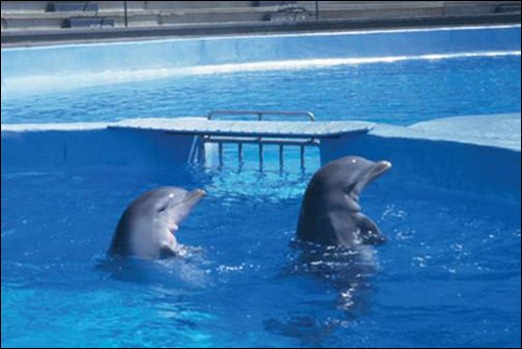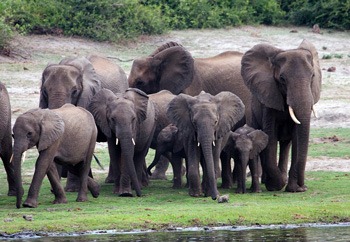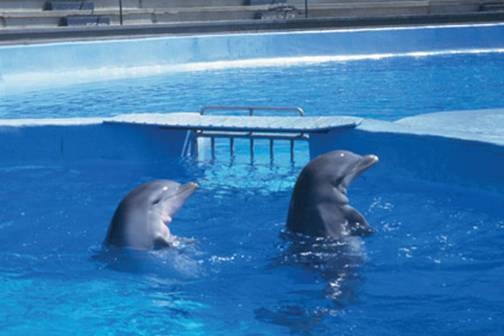Is it appropriate to keep dolphins (including belugas and killer whales) in captivity as long as you accord them certain approved standards of care? Or do dolphins have the inherent right not to be held captive by humans in the first place?
It’s a question that hovered in the air at last weekend’s meeting of the American Cetacean Society in San Diego. And at one session, it came right to the surface and took center stage.
The welfare-vs.-rights debate suffuses the whole animal protection movement. In relation to farm animals, welfarists work to get better conditions for farm animals, specifically in factory farms; while animal rights proponents denounce welfarism, insisting that the only moral course is to abolish factory farming – and, indeed, all use of animals as food for humans.
Welfarists argue that the abolitionist approach is impractical and that any improvement is better than none. Abolitionists reply that this is like arguing for better conditions for slaves, and that welfarism simply keeps the whole sordid business going.
In the companion animal area, welfarists work to “euthanize” homeless pets humanely rather than in gas chambers, while no-kill advocates say that humane societies and shelters should simply never be in the business of killing homeless pets.
In every area – vivisection, wildlife management, zoos and other entertainment – the issue keeps rearing its head. And last weekend’s annual conference of the American Cetacean Society was no exception. Over and over, the question was: Do we have the right to treat intelligent marine mammals as subjects for research and other kinds of exploitation?
Are they “stocks” or are they individuals?
One of the key laws that governs our relationship to dolphins and whales is the Marine Mammal Protection Act (MMPA). It is classic animal welfarism, and it has made a big difference for the animals.
Today, 40 years later, many people say the MMPA is out of date. And this became clear in the very first session of the conference, when Barbara Taylor, a member of the International Union for the Conservation of Nature, took stock of how the law is working for marine mammals today.
While the act brought an end to many kinds of abuses – like hundreds of thousands of dolphins being caught and drowned in tuna nets (368,600 in 1972 alone) – new threats to the animals have emerged. Climate change, military and commercial sonar, and complaints from the fishing industry have grown and are all taking their toll on marine mammals. And it isn’t clear that the MMPA can deal effectively with these issues.
Dingell’s language shows the extent to which marine mammals were viewed as resources, stocks and species – not individuals in their own right.
When he was working to push the bill through Congress in 1971, Rep. John Dingell famously said: “Once destroyed, biological capital cannot be recreated.” That’s true, and Dingell deserves great praise for his work. But his language shows the extent to which marine mammals were viewed as resources, stocks and species – not individuals in their own right.
That’s still the case. And in this and other presentations, whales and dolphins were being referred to as “stocks” and resources, with the focus on how many of them we can kill while still ensuring that the species is “sustainable.”
This view of the lives of whales and dolphins is very different from those who take the position that these animals are individuals, not stocks, and that it is simply wrong to be treating them primarily as resources.
Variations on the same issue came up all through the conference. But the whole issue blew into high gear on Saturday afternoon in the session entitled “The Question of Personhood.”
The question of personhood
What is a “person”? And are dolphins and whales persons? At this session, Tom White, professor of business ethics at Loyola Marymount University and author of In Defense of Dolphins, reminded us of the distinction between a “human”, which describes your biological identity, and a “person”, which describes your moral and legal place in the world.
White explained persons as being individuals who are alive and aware, who have emotions and a sense of themselves and their own existence, who can control their own behavior, recognize other persons and treat them appropriately, and who have a variety of sophisticated cognitive abilities.
Rights are the same as needs – you have the right, as a person, to a life that fulfills your basic needs as a member of your species.
Once you understand what constitutes a person, he said, it’s easy to recognize what their “rights” are. Basically, rights are the same as needs – you have the right, as a person, to a life that fulfills your basic needs as a member of your species.
Dolphin rights, he noted, are clearly not the same as human rights. Dolphins don’t need to drive a car or have equal pay for equal work. They have different needs. For example, as beings whose identity and individuality are intricately bound up with their social group, they have the need, and therefore the right, to live their lives with that group. And that means they have the right not to be held captive.
Lori Marino of the Kimmela Center for Animal Advocacy offered four simple arguments for why cetacean captivity is both a moral and scientific dead end:
- Cetaceans possess all the characteristics of personhood, which, ironically, makes them especially vulnerable to being harmed by captivity.
- The scientific data show unequivocally that they cannot thrive in captivity. Instead, they suffer stress, become aggressive, self-mutilate, and die early.
- Little of any value is currently being learned about cetacean cognition, behavior and intelligence from captive research. By contrast, field studies of wild dolphins are producing fascinating discoveries about cetacean behavior and intelligence.
- And the captivity industry is tied to the infamous dolphin and whale drive hunts, at which certain animals are pulled from the slaughter and sent to marine parks around the world.
The third member of the panel was Diana Reiss, a cognitive psychologist who conducts research on captive dolphins at Hunter College, the National Aquarium and the National Zoo, and is the author of The Dolphin in the Mirror. Dr. Reiss focused her talk on the argument that we should all be working together to bring an end to the drive hunts and slaughters. But this was something of a straw man since no one present would dispute that. And when it came to the question of the value of captive research, her examples were from 10 and even 30 years ago, which was not lost on the audience at question time.
Reiss and Marino exchanged strong opposing views during the panel session. And so, the Saturday session came to an end with the clear distinction being made between those who see dolphins and whales as stocks, resources and property, and those who see them as individuals with rights and needs.
Empathy in Nonhuman Animals
On Sunday morning, we heard a fascinating talk by Frans de Waal, the famous primatologist whose books include Chimpanzee Politics and The Age of Empathy. While most of his research has been on apes, monkeys and elephants, he said that much of it could also be applied to cetaceans.
De Waal showed a series of videos demonstrating empathy in nonhumans – for example, how one great ape will console another; how chimpanzees and bonobos reconcile after an argument; how elephants cooperate to solve a problem (even if this means giving up getting a larger share of the reward); and how capuchin monkeys have a sense of fairness and will rebel if they feel they’re being treated unfairly.
But however fascinating and insightful de Waal’s research surely is, he cannot bring himself to take the next step that’s dictated so obviously by his own research: that the insights we’ve gathered from all this painstaking research is that most, if not all, of the animals who have provided it are self-aware beings who have demonstrated that they do not belong in captivity. And while many scientists, like Marino, have either abandoned captive research or, like Denise Herzing, conduct their work with wild dolphins, de Waal and Reiss have yet to take that step.
De Waal defended his position by saying: “I don’t believe that chimps are moral beings. But they have elements of human morality.” Many in the audience said that his research demonstrated to them how very clearly they are indeed moral beings.
Where now?
Just as it took a long time for the Western world to agree that all humans are persons in the legal as well as moral sense of the term, so it will take time for us to agree that many other animals must be recognized as persons with rights appropriate to their species.
This year’s conference of the American Cetacean Society showed how fully this issue has come to the fore – and that the fields of science, ethics and policy are now pointing clearly in the same direction: We cannot continue to treat whales and dolphins simply as stocks, resources and species; they are individuals and persons in their own right.

